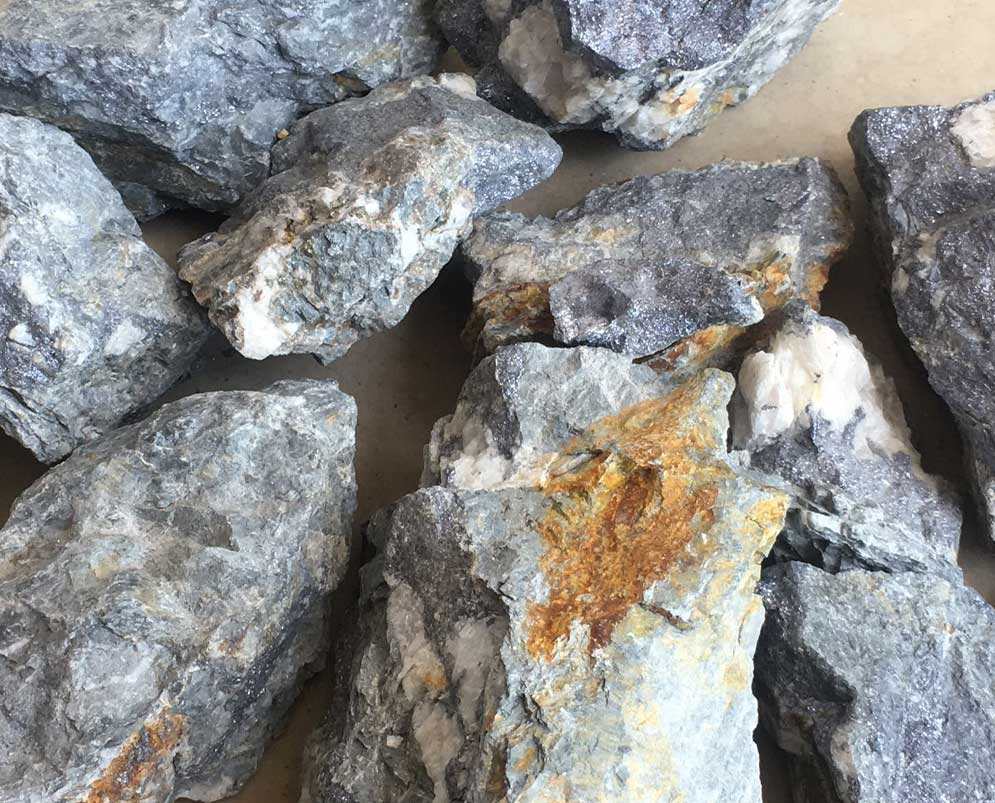
Īge determination is an extremely useful nuclear forensic signature as it is non comparative or “predictive”, meaning, it does not need to be compared to other materials in the database. It is used to identify or eliminate possible contributors in the life of the material. Ī nuclear material age is defined as the age of material at the time since the last separation of the progeny isotopes from the radioactive parent (uranium or plutonium), referred to as the production or sometimes separation date. The term “signatures” describes material characteristics such as isotopic abundances, elemental concentrations, physical and chemical forms and physical dimensions that may be used to link a material, either nuclear or other radioactive (non-nuclear, such as those used for medical imaging), to individuals, locations, or processes, date of production and on the intended use. Nuclear forensics requires the ability to determine characteristics or ‘ signatures’ of nuclear and other radioactive materials. Nuclear forensics is defined as the examination of nuclear or other radioactive material, or of evidence that is contaminated with radionuclides, in the context of legal proceedings under international or national law related to nuclear security. Key words: Lead isotopic ratios, uranium ore mineralization, nuclear forensics, geochronology Introduction The studied showed that lead isotopic ratios can provide an estimate of the age of the uranium ore mineralisation and aid as a fool in nuclear forensics.

The estimated age of the uranium ore mineralisation was in the range documented for the Namibian Damara Orogen. 206Pb was abundant in the ore samples and was determined to be geogenic and not anthropogenic. Inductively Coupled Plasma Mass Spectrometer was employed for sample analysis. The objective of the study was to determine signatures of Pb from uranium ore mineralisation, identify as to the Pb present is geogenic and/or antrogenic and provided an estimate of the age of the uranium ore mineralisation from measured Pb isotope.Ī total of 24 samples of uranium ore were collected from three mines and the lead isotopic ratios and age estimation signatures of the uranium ore mineralisation determined. And another climate shift could have this on the cards again.The study investigated the use of Pb isotope signatures as an indicative of origin assessment of uranium bearing ore mineralisation from the uranium province in Namibia.

Will the climate in which they survive become the new normal if climate change continues? Could a new ice age steadily spread south from the Arctic Circle? It did several times before, you know. We therefore imagine those scientists are aware of the bigger picture as their Antarctic lead batteries help them probe climate change. However, none of this work would be possible without abundant solar power and rechargeable lead acid batteries. And this in turn helps scientists all over the world assess steady progression into global warming. This equipment collects time-based data concerning temperature, pressure, humidity, solar radiation, altitude, and GPS location.
#RADIATION ISLAND LEAD ORE SERIES#
But they also retrieve data from eight robots and three series plotters in a collaboration with Portuguese scientists. There they collect numerous fossils, and ore minerals during the week that follows. Three geologists regularly snow mobile out across the frozen waste to a tent camp. The Antarctic Climate Change Probe on Lead Battery Power. However, the scientists can continue their work powered by this clean renewable energy. The ambient temperature outside the huts falls as low as -22.4 F in July. These power research equipment, heating, and cooking food. And then in 1993 they refurbished the facilities and established a semi-permanent presence.Įnergy for the project comes exclusively from solar panels via 80 lead acid storage batteries. First they worked there on an ad hoc basis supported by Soviet Research Ship Mikhail Somov. The Purpose of Bulgarian Research on Livingston Islandīulgarian scientists established a foothold on Livingston Island in 1988, when they landed with two prefabricated huts.

The Bulgaria base where Antarctic lead batteries probe climate change is a short distance inland from where it overlooks a lagoon. This is a harsh frozen landscape of polar tundra 22 miles long by 45 miles wide, visited almost entirely by scientists. Kliment Ohridski Base on Livingston Island in South Shetlands. The South Slavic, East European nation of Bulgaria maintains the St.


 0 kommentar(er)
0 kommentar(er)
